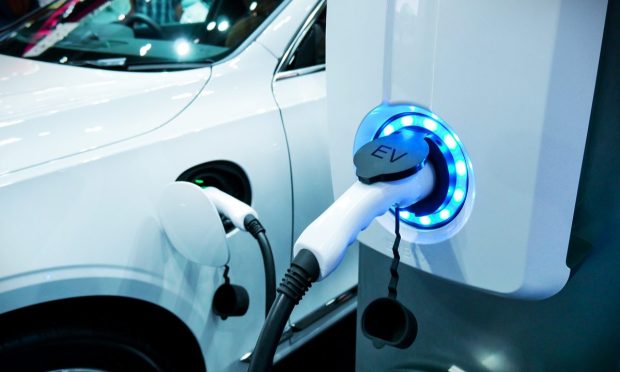Automotive Industry Market Cap Defies Consumer Appetite for Buying New Cars

On Wall Street, market capitalizations might be viewed as a proxy for how investors view a given company’s prospects, its position in its chosen vertical(s).
You no doubt know that companies like Apple and Tesla have, depending on the day, hit trillion-dollar market caps, indicating, by proxy, that investors see these companies as 800-pound gorillas in tech and in electric vehicles (EVs).
On this latter sector, vehicles — specifically, electric vehicles — we note that market caps have been volatile. Rivian Automotive, which went public earlier in the month at $78, recently fetched $128 a share, though remain lower than a recent zenith of $178. The current market cap of that company stands at about $115 billion. Lucid Group, another U.S.-based EV OEM, which began trading in July with an initial public offering (IPO) of $14 a share, now trades at around $55, with a market cap of nearly $91 billion.
You get the point: There’s optimism surrounding the top-line prospects for these firms, geared toward consumers’ embrace of cleaner, greener ways of getting from here to there.
But promise may be outstripping reality, at least for now, for some of these companies. Lucid said this month, in its latest earnings report, that it lost $524.4 million in the third quarter on sales of $232,000. Deliveries of its vehicles did not start until the current (fourth) quarter.
Management detailed the market potential on the conference call with analysts. EV penetration is only 2.5% in the U.S., and 4% as measured globally. Luxury cars, as a segment, are growing at about 5% annually, indicating that the size of the pie is expanding, even as EV penetration should increase, too.
Lofty Sales Expectations
As analysts expect to see revenues at firms like Tesla grow sales by high double-digit percentage points annually, a tailwind, or headwind, lies with new legislation and ambitious goals. The $1 trillion infrastructure bill that is now becoming law has $7.5 billion allocated for EV chargers. There are also tax credits in place to incentivize consumers toward taking the plunge to buy the EVs — $7,500 in tax credits to buy an EV, and $500 if the battery is made in the United States. President Biden has stated that EV sales should be half of auto sales by 2030.
Read also: Biden: EV Should Be Half Of Auto Sales By 2030
But consider the that through the last several years, the number of vehicles per household in the United States has held remarkably steady through the last two decades, as measured by Statista. That number: 1.8 vehicles per household in the U.S., which indicates that the average household has one vehicle at their disposal, not two or three.
The average age of vehicles on the road is about 12 years, which gives a nod to the fact that turnover is getting a bit stretched out on the lone vehicle (OK, 1.8 vehicles) in the driveway. In addition, it may be the case that would-be buyers want to see more infrastructure in place (namely, the EV chargers) before committing to actually going out and buying an EV, in an age where EVs are roughly $19,000 more expensive than gas-powered vehicles, as estimated by NRDC.
Against that backdrop, at least some of the expectations on the Street may hit some speed bumps, making already volatile stock prices all the more volatile.
